
Palaeoceanographic world 🌊
Lots of room to develop projects, esp. around paleoceanography, ocean deoxygenation & foraminiferal ecology. Field, lab & computational angles all possible.
Please share with anyone who might be a good fit!
Lots of room to develop projects, esp. around paleoceanography, ocean deoxygenation & foraminiferal ecology. Field, lab & computational angles all possible.
Please share with anyone who might be a good fit!

www.pnas.org/doi/10.1073/...


www.pnas.org/doi/10.1073/...
This study led by @aaronferderer.bsky.social tested how 5 diatom species respond to broad ranges of seawater carbonate conditions. Goal was to determine carbonate chemistry niches and to inform Ocean Alkalinity Enhancement (OAE) and Ocean Acidification (OA)
🌊
www.science.org/doi/10.1126/...

This study led by @aaronferderer.bsky.social tested how 5 diatom species respond to broad ranges of seawater carbonate conditions. Goal was to determine carbonate chemistry niches and to inform Ocean Alkalinity Enhancement (OAE) and Ocean Acidification (OA)
🌊
www.science.org/doi/10.1126/...
www.nature.com/articles/s41...

www.nature.com/articles/s41...
Using a suite of Earth system models, Maddie Shankle et al show that better ventilation of intermediate waters in the North Pacific ends up reducing outgassing of CO2 in the Southern Ocean 🌊🧪⚒️🧵 @earthscista.bsky.social
www.nature.com/articles/s41...

Using a suite of Earth system models, Maddie Shankle et al show that better ventilation of intermediate waters in the North Pacific ends up reducing outgassing of CO2 in the Southern Ocean 🌊🧪⚒️🧵 @earthscista.bsky.social
www.nature.com/articles/s41...
Dissolved nickel sources: transformation and sinks in the Arabian Sea 🌊
www.geotraces.org/dissolved-ni...
Paper first author: Nirmalya Malla, CSIR-NIO
#MarineScience #OceanScience #geochemistry
#biogeochemistry @scor-int.bsky.social

Dissolved nickel sources: transformation and sinks in the Arabian Sea 🌊
www.geotraces.org/dissolved-ni...
Paper first author: Nirmalya Malla, CSIR-NIO
#MarineScience #OceanScience #geochemistry
#biogeochemistry @scor-int.bsky.social
www.geomar.de/en/news/arti...

www.geomar.de/en/news/arti...
Linking cadmium cycling to phosphate dynamics in the Indian Ocean: Evidence from GEOTRACES transects
www.geotraces.org/linking-cadm...
Paper first author: Tapas Kumar Mishra, CSIR-NIO
@scor-int.bsky.social @unoceandecade.bsky.social
#OceanScience #geochemistry
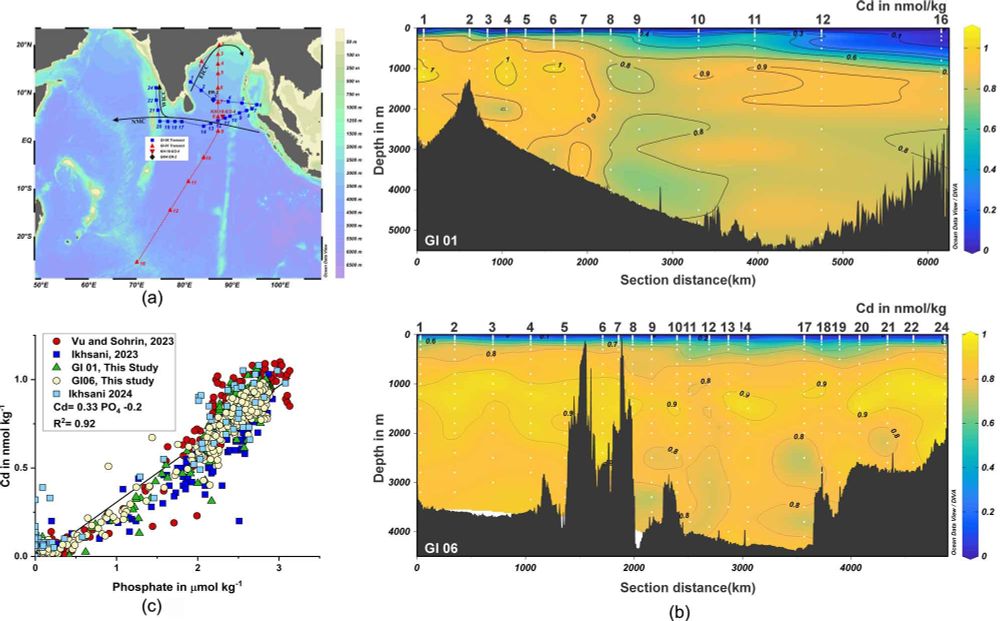
Linking cadmium cycling to phosphate dynamics in the Indian Ocean: Evidence from GEOTRACES transects
www.geotraces.org/linking-cadm...
Paper first author: Tapas Kumar Mishra, CSIR-NIO
@scor-int.bsky.social @unoceandecade.bsky.social
#OceanScience #geochemistry

1/3

A study with ICTA-UAB’s Graham Mortyn shows this density-matching trick could alter the carbon cycle as oceans warm.
www.nature.com/articles/s43....

A study with ICTA-UAB’s Graham Mortyn shows this density-matching trick could alter the carbon cycle as oceans warm.
www.nature.com/articles/s43....
We had two pitches from Cardiff and St Andrews. 🙏🏼

We had two pitches from Cardiff and St Andrews. 🙏🏼

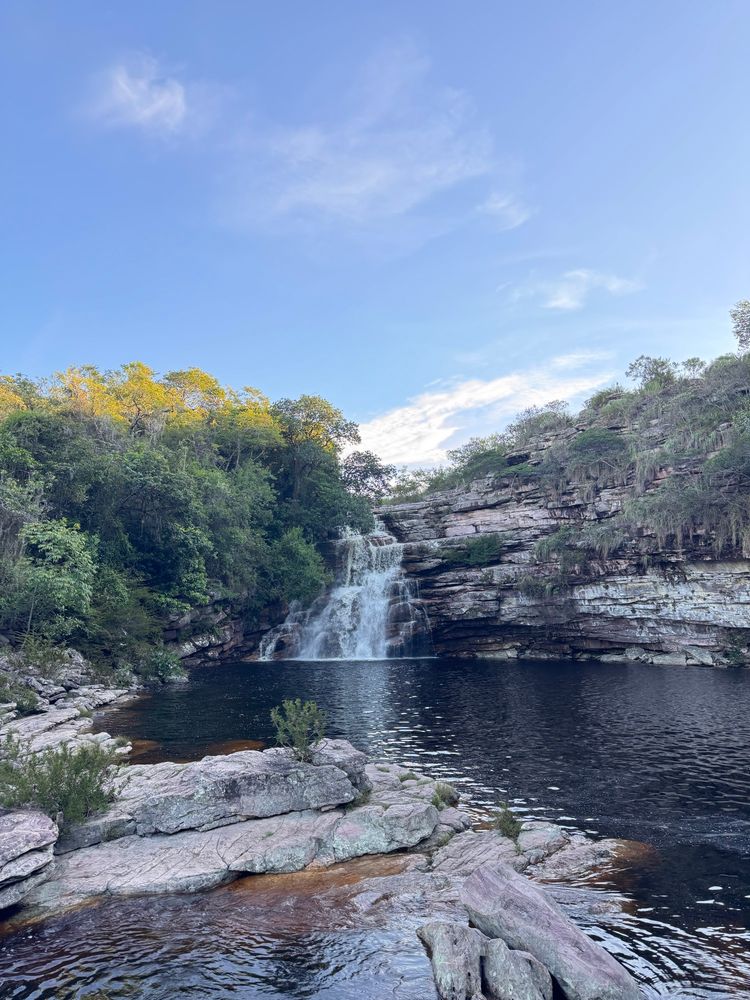
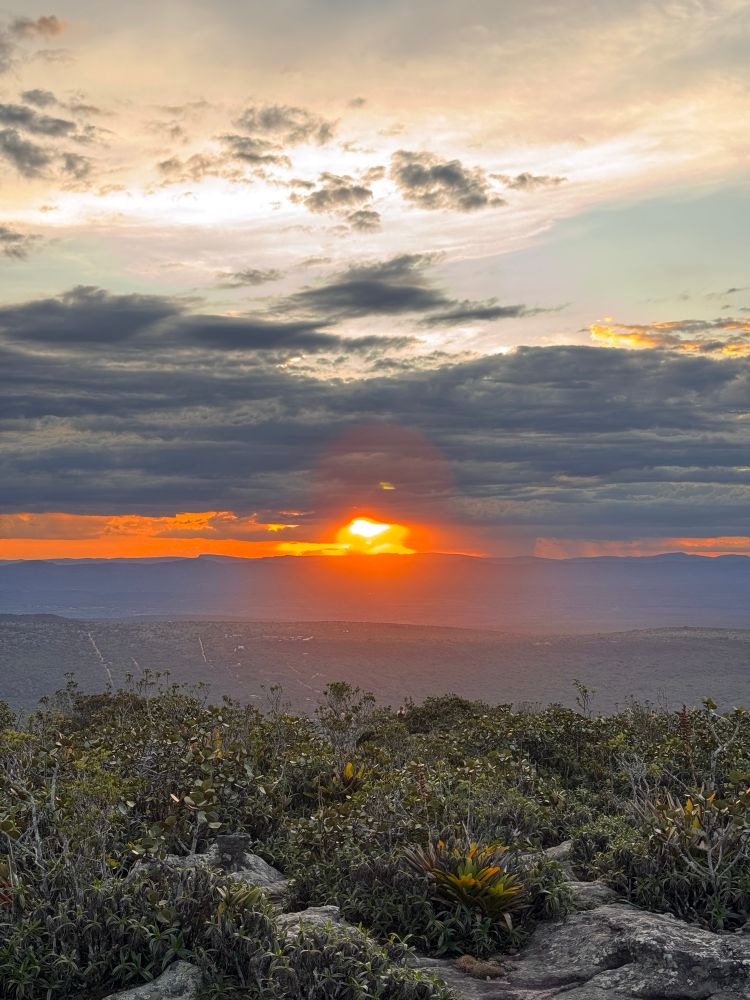
Today we’re diving into two powerful datasets available through #SOOSmap from @noaa.gov !
🟦 SOCAT v2024 – The Surface Ocean CO₂ Atlas
➡️ Provides high-quality surface ocean carbon dioxide (CO₂) analysis
🔗https://buff.ly/Gl5Xf4z
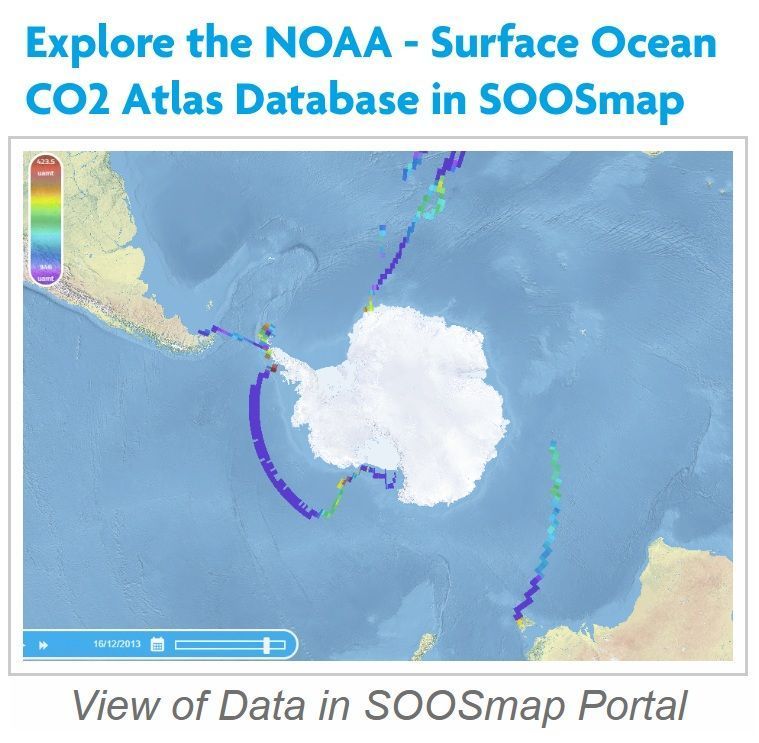
Today we’re diving into two powerful datasets available through #SOOSmap from @noaa.gov !
🟦 SOCAT v2024 – The Surface Ocean CO₂ Atlas
➡️ Provides high-quality surface ocean carbon dioxide (CO₂) analysis
🔗https://buff.ly/Gl5Xf4z
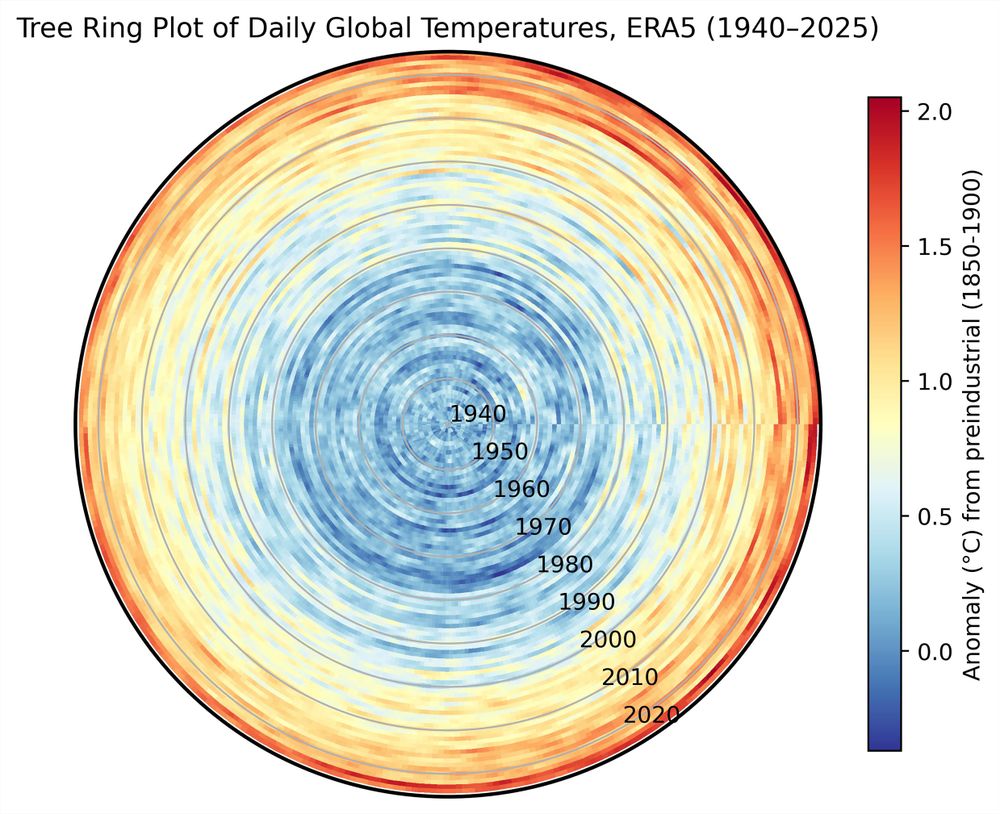
@rowanmartindale.bsky.social;
@chrislowery.bsky.social) on how the test walls of foraminifera change through the Phanerozoic and what might that have to do with ocean chemistry. 🧪⚒️🌊
royalsocietypublishing.org/doi/10.1098/...
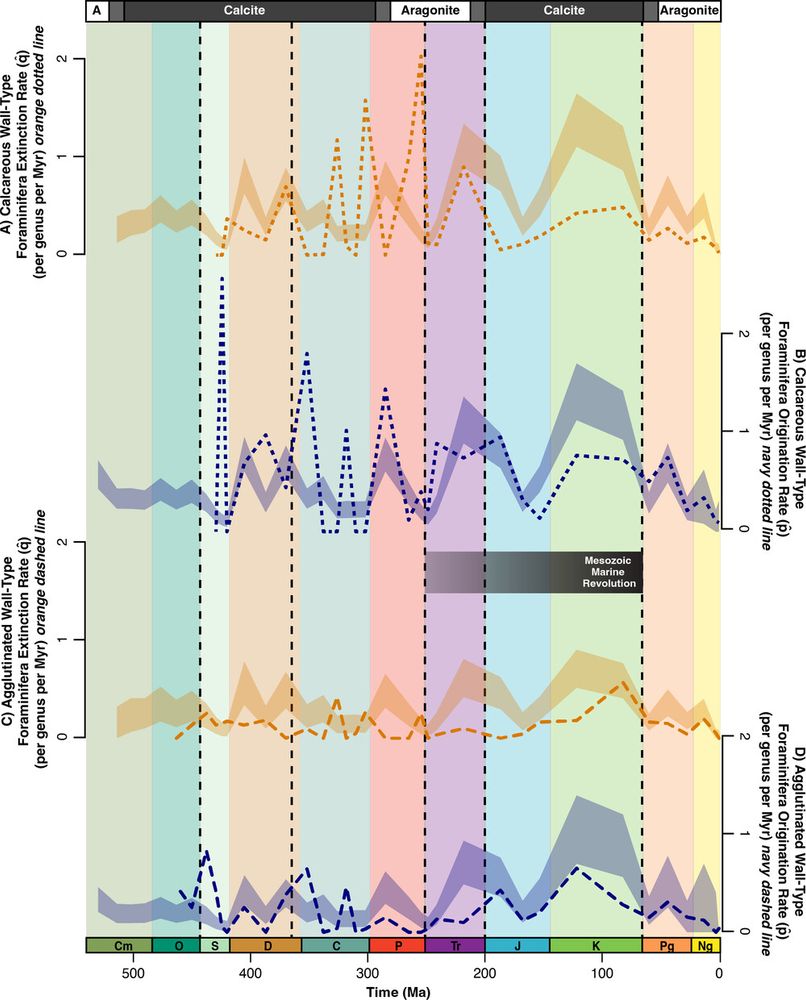
@rowanmartindale.bsky.social;
@chrislowery.bsky.social) on how the test walls of foraminifera change through the Phanerozoic and what might that have to do with ocean chemistry. 🧪⚒️🌊
royalsocietypublishing.org/doi/10.1098/...
#AWI scientists have developed a new map of #Antarctica in collaboration with @bas.ac.uk. 🇦🇶
It shows the landscape beneath the Antarctic ice sheet more precisely than ever before: the topography of the mountains, canyons and depressions.
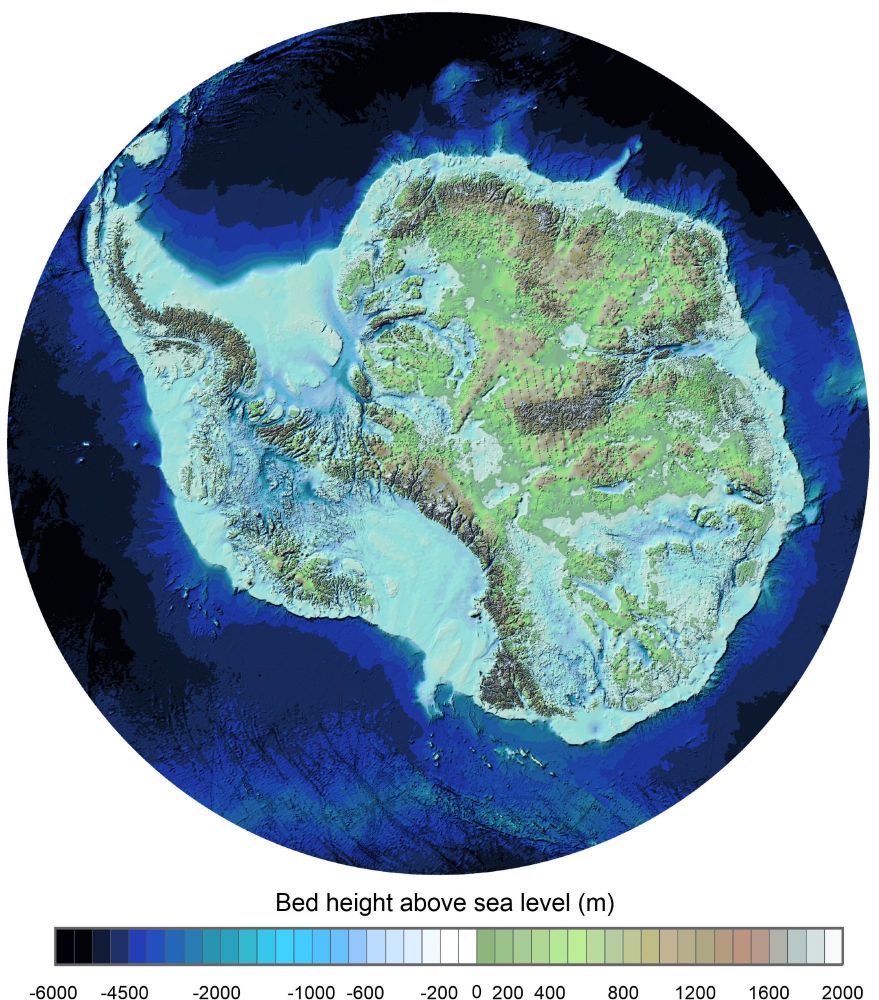
#AWI scientists have developed a new map of #Antarctica in collaboration with @bas.ac.uk. 🇦🇶
It shows the landscape beneath the Antarctic ice sheet more precisely than ever before: the topography of the mountains, canyons and depressions.
bg.copernicus.org/articles/22/...
@edinburgh-uni.bsky.social @bas.ac.uk @scotsages.bsky.social
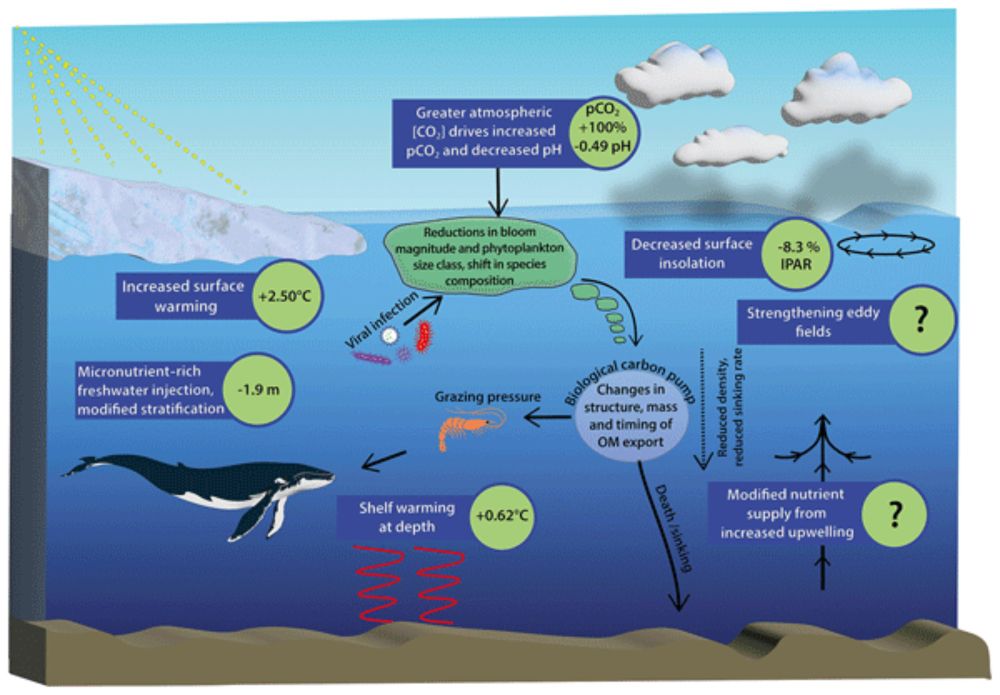
bg.copernicus.org/articles/22/...
@edinburgh-uni.bsky.social @bas.ac.uk @scotsages.bsky.social
Then you’re the target audience of this blog from @mtyka.bsky.social explaining how precipitation of calcium carbonate to make shells uses bicarbonate and actually releases CO₂. 🌊
Then you’re the target audience of this blog from @mtyka.bsky.social explaining how precipitation of calcium carbonate to make shells uses bicarbonate and actually releases CO₂. 🌊

